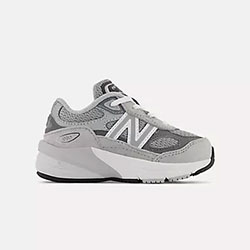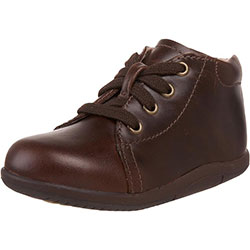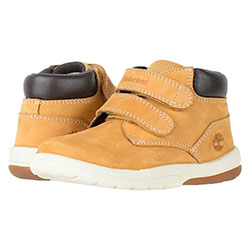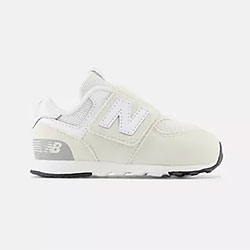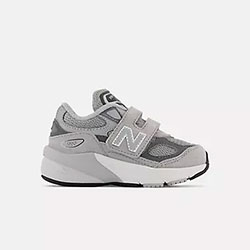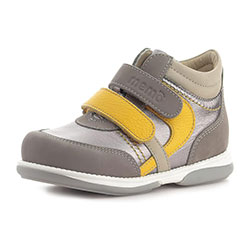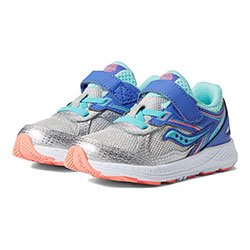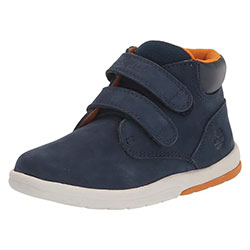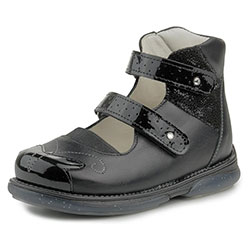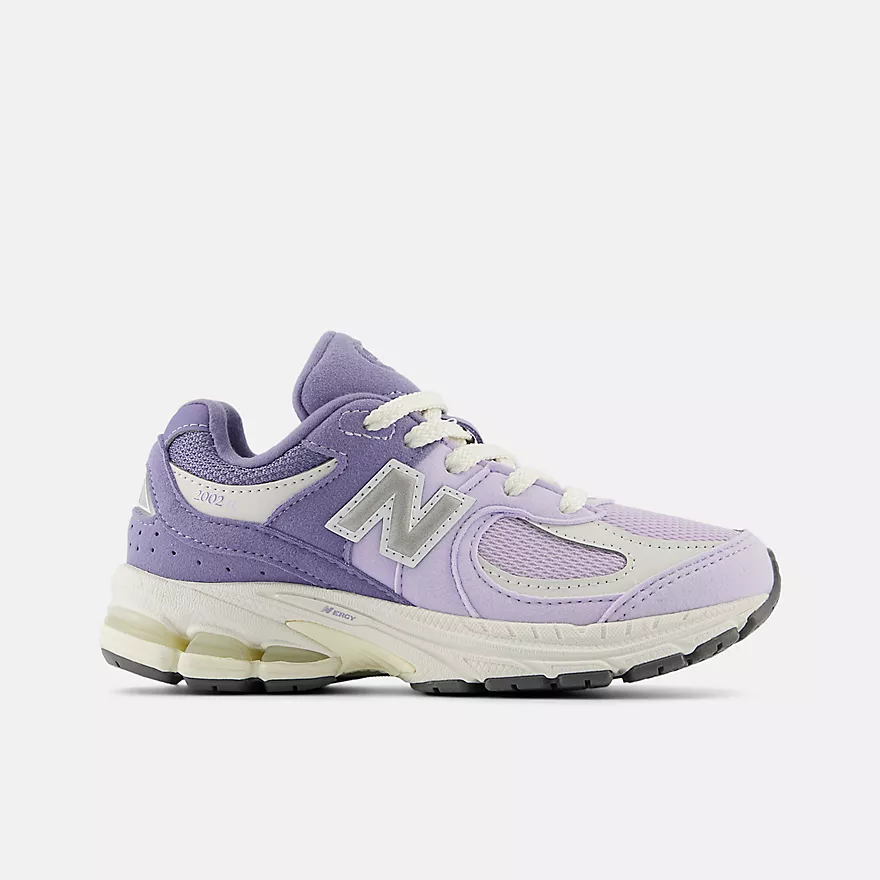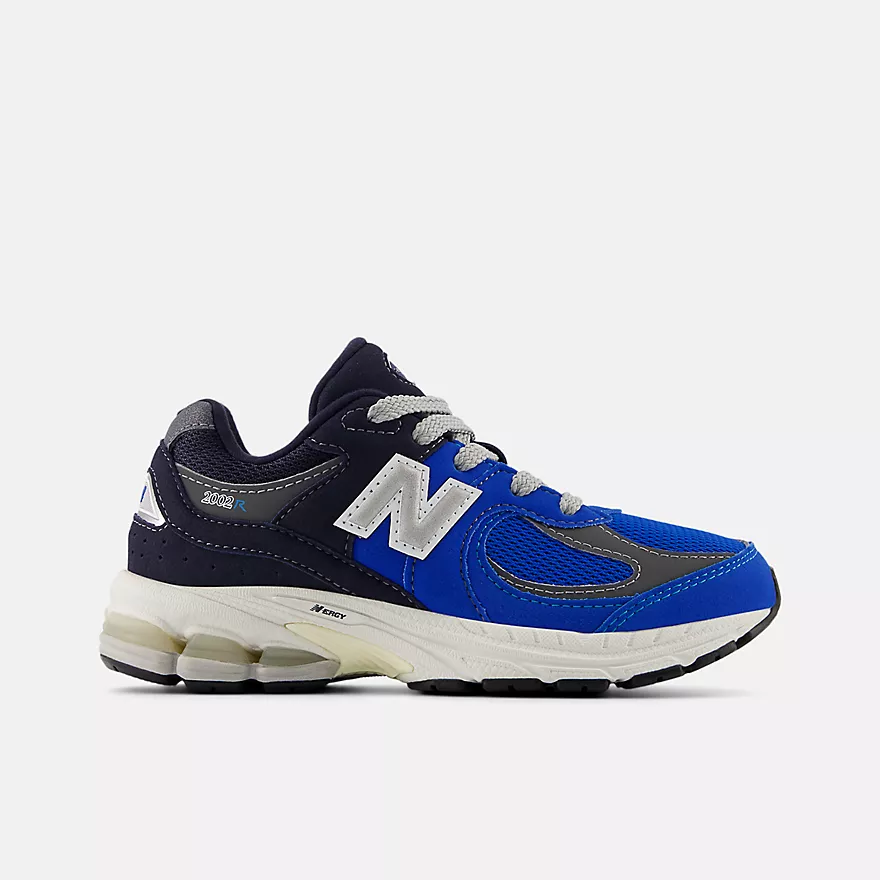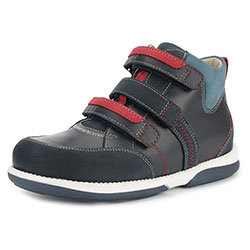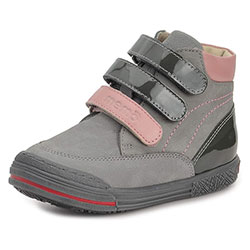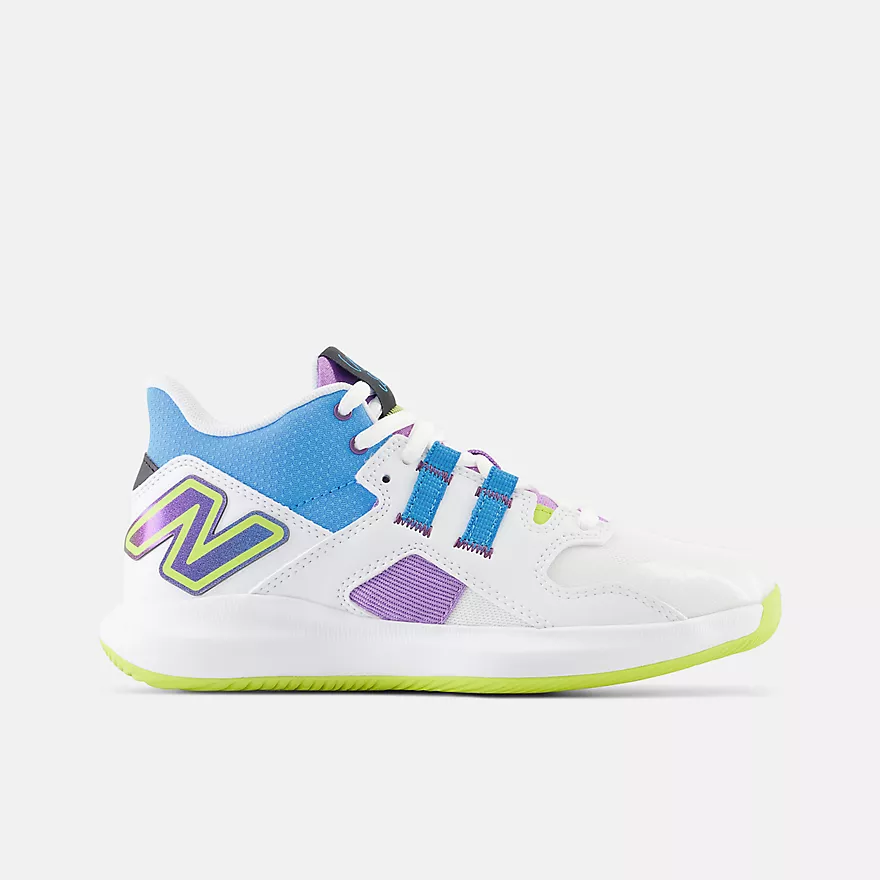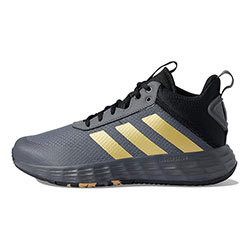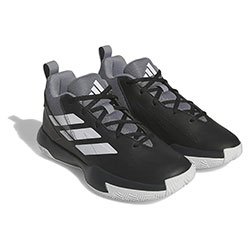How to Improve Your Child’s Walking Gait – What a Difference a Shoe Can Make!
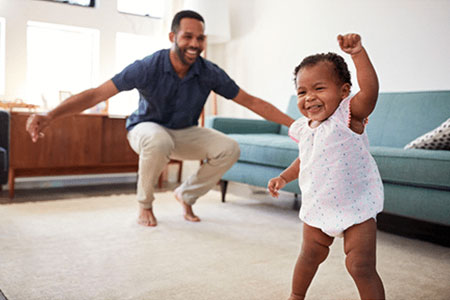
It can be upsetting to see your child develop an abnormal gait, but there are steps we can take to help improve your child’s balance, walking gait, and overall posture. I have helped hundreds of children walk and run straighter, and I can help your child too. Let me show you how to improve your child’s walking gait!
When children are growing, the normal development of the pelvis and the spine will suffer if there is a foot imbalance.
Are You Worried About Your Child’s Walking Gait?
➡️ If you have a baby who is learning how to walk and has noticeable gait abnormalities, you have nothing to worry about. When babies are learning how to walk, they have a hard time balancing and they tend to have a wider stance and take short and fast steps so as not to lose their balance.
➡️ If your child reaches 3 years old and you can notice obvious gait abnormalities, I suggest that you take action immediately.
What do I mean by taking action immediately? There are ways to help your child balance and walk and run straighter, and it all starts with wearing the correct type of shoes.
The Importance of Being Proactive – Don’t Take the “Wait and See Approach”
It is a fact that many gait disturbances are common and correct themselves on their own. However, I always recommend parents to be proactive and don’t take the “wait and see approach” when it comes to treating their children’s foot conditions. Leaving your child’s foot condition untreated can only lead to the condition getting worse.
Why would you wait for the condition to resolve on its own when you can considerably improve your child’s walking gait by providing your child with something so simple such as the correct type of shoes? I am not talking about corrective orthopedic shoes, just regular everyday sneakers that provide better support and stability.
Why Does My Child Have an Abnormal Walking Gait?
In-toeing (feet curve inwards) and out-toeing (feet curve outwards) are the most common gait disturbances that cause parents to seek advice from their child’s doctor.
Do you know what these 2 conditions have in common? They can be corrected by wearing the correct type of shoes. Depending on the degree of your child’s foot condition we might have to fit an orthotic inside of the shoes for extra support, but it all starts with wearing the correct type of shoes.
These are the 4 most common reasons that lead to in-toeing and out-toeing:
- Flat Feet
- Tibial Torsion
- Knock Knees
- Toe-Walking
How Do I Fix My Child’s Walking Gait?
As I mentioned before, the most effective way to improve your child’s walking gait is by wearing the correct type of shoes. Don’t just take my word for it, let me prove it to you!
Let’s take a look at an image of a child with flat feet who has an abnormal walking gait. The first image shows the child standing barefoot. Do you notice how the feet are collapsing and turning inwards? This is shifting the child’s body out of alignment and affects the child’s overall posture.
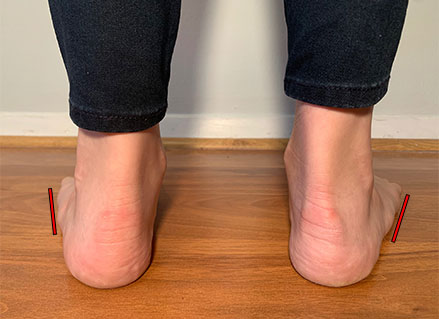
Once the feet are pronated, the knees and hips also become misaligned. This means the muscles that move those joints no longer work efficiently, and it will take more energy for your child to do the same work as other children who don’t have this condition.
Now let’s take a look at an image of the same child wearing a pair of unsupportive shoes. Do you notice how the child’s feet are still collapsing and turning inwards?

Let’s see what happens when we fit that same child in a pair of supportive shoes I recommend. The child’s feet look a lot straighter. The shoes are going to allow the child to walk and run straighter, improving the child’s walking gait and overall posture.
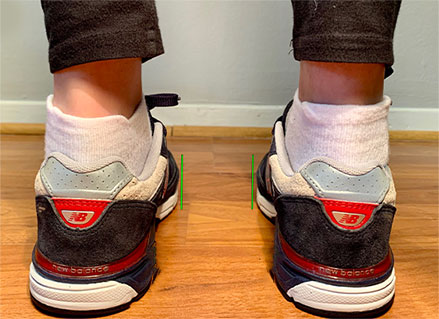
What a difference the correct type of shoes can make!
How to Improve Your Child’s Walking Gait! – Watch Video!
Watch how the same young kid with flat feet and low muscle tone benefited from wearing the shoes I recommended.
Other Ways to Help Your Child with Balance Problems
Another common cause of balance problems in children is wearing shoes that are too small or too large. If your child suddenly starts tripping, falling, or having other issues walking or running start by making sure the shoes are fitting correctly.
I am going to provide you with a selection of supportive sneakers that have proven to be the most effective ones for children with walking gait problems. However, for these sneakers to benefit your child, you need to make sure that you order them in the correct size.
How to Retrieve Your Child’s Exact Foot Length and Shape
I developed the most effective way to determine your child’s exact foot size from your home and will personally assist you with a custom fitting tailored to your child’s individual needs. This easy-to-follow method allows parents to accurately determine their child’s correct foot length and width, as well as instep height.
Without further ado, let’s take a look at how to improve your child’s walking gait. Disclosure: Some links in this post may be affiliate links and we may receive a small commission (at no extra cost to you) when you click our links and make purchases.
The Best Shoes to Help Improve Your Child’s Walking Gait
The shoes below are capable of fitting children with medium (M), wide (W), or extra wide feet (XW).
- The New Balance shoe style 990V6 is available for toddlers, little, and big kids
- Available in laces and velcro
- Fits children with medium, wide, or extra wide feet
- Suede/mesh upper provides durability and breathability
- Order this shoe half a size larger than your toddler’s current foot size
- The New Balance shoe style 990V6 is available for toddlers, little, and big kids
- Available in laces and velcro
- Fits children with medium, wide, or extra wide feet
- Synthetic/mesh upper provides durability and breathability
- Order this shoe half a size larger than your toddler’s current foot size
- The Stride Rite shoe style Elliot is available for toddlers
- Lace-up closure
- Fits toddlers with medium, wide, or extra wide feet
- 100% leather made
- Order this shoe half a size larger than your toddler’s current foot size
- The Stride Rite shoe style Emilia is available for toddlers
- Lace-up closure
- Fits toddlers with medium, wide, or extra wide feet
- 100% leather made
- Order this shoe a whole size larger than your toddler’s current foot size
- The Timberland shoe style Tracks is available for toddlers
- Double velcro straps
- Fits toddlers with medium or wide feet
- Water-friendly
- Order this shoe a whole size larger than your toddler’s current foot size
- The New Balance shoe style 574 is available for toddlers
- Available in velcro and laces
- Fits children with medium, wide, or extra wide feet
- Synthetic/mesh upper provides durability and breathability
- Order this shoe a whole size larger than your toddler’s current foot size
- The New Balance shoe style 990V6 is available for toddlers, little, and big kids
- Available in velcro and laces
- Fits children with medium, wide, or extra wide feet
- Synthetic/mesh upper provides durability and breathability
- Order this shoe a half size larger than your toddler’s current foot size
- The Memo shoe style Gabi is available for toddlers and little kids
- Double velcro straps
- Fits children with medium or wide feet
- Genuine leather and breathable mesh
- Thermoplastic asymmetric stiff heel counter for proper feet protection and stabilization
- Order this shoe half a size larger than your toddler’s current foot size
- The Memo shoe style Gabi is available for toddlers and little kids
- Double velcro straps
- Fits children with medium or wide feet
- Genuine leather and breathable mesh
- Thermoplastic asymmetric stiff heel counter for proper feet protection and stabilization
- Order this shoe half a size larger than your toddler’s current foot size
- The Saucony shoe style Cohesion is available for toddlers
- Velcro closure
- Fits toddlers with medium or wide feet
- Heel grid system for stable cushioning
- Compression molded EVA footbed for comfort
- Order this shoe a whole size larger than your toddler’s current foot size
- The Timberland shoe style Bootie fits toddlers and little kids
- Double velcro straps
- Fits children with medium or wide feet
- Padded collar for a comfortable fit around the ankle
- Water-friendly
- Order this shoe a whole size larger than your toddler’s current foot size
- The Memo shoe style Princessa fits toddlers and little kids
- Double velcro straps
- Fits children with medium or wide feet
- This is an ORTHOPEDIC shoe
- Rigid heel counter
- Order this shoe half a size larger than your toddler’s current foot size
- The Saucony shoe style Cohesion KDZ is available for little and big kids
- Velcro closure
- Fits children with medium and wide feet
- Heel grid system for stable cushioning
- Compression molded EVA footbed for comfort
- Order this shoe a half size larger than your child’s current foot size
- The Saucony shoe style Cohesion KDZ is available for little and big kids
- Velcro closure
- Fits children with medium and wide feet
- Synthetic and mesh upper
- Heel grid system for stable cushioning
- Order this shoe half a size larger than your child’s current foot size
- The New Balance shoe style Fresh Foam 650 is available for little and big kids
- Fits children with medium, wide, or extra wide feet
- Velcro closure
- ABZORB midsole absorbs impact through a combination of cushioning and compression resistance
- Mesh upper material features no-sew overlays for a sleek fit and feel
- Order this shoe half a size larger than your child’s current foot size
- The New Balance shoe style Fresh Foam Arishi v4 is available for little and big kids
- Fits children with medium, wide, or extra wide feet
- Velcro closure
- ABZORB midsole absorbs impact through a combination of cushioning and compression resistance
- Mesh upper material features no-sew overlays for a sleek fit and feel
- Order this shoe half a size larger than your child’s current foot size
- The New Balance shoe style 2002 is available for toddlers and little kids
- Available in laces
- Fits children with medium and wide feet
- Suede/mesh upper provides durability and breathability
- Order this shoe half a size larger than your toddler’s current foot size
- The New Balance shoe style 2002 is available for toddlers and little kids
- Available in laces
- Fits children with medium and wide feet
- Suede/mesh upper provides durability and breathability
- Order this shoe half a size larger than your toddler’s current foot size
- The New Balance shoe style Fresh Foam 650 is available for little and big kids
- Fits children with medium, wide, or extra wide feet
- Velcro closure
- Synthetic and engineered mesh upper
- Fresh Foam midsole cushioning is precision engineered to deliver an ultra-cushioned, lightweight ride
- Order this shoe a half size larger than your child’s current foot size
- The Memo shoe style Polo is available for little and big kids
- Triple velcro straps
- Fits children with medium or wide feet
- This is an orthopedic shoe
- Thermoplastic rigid heel counter
- Order this shoe a half size larger than your child’s current foot size
- The Memo shoe style Chicago is available for little and big kids
- Triple velcro straps
- Fits children with medium or wide feet
- This is an orthopedic shoe
- Thermoplastic rigid heel counter
- Order this shoe a half size larger than your child’s current foot size
- The New Balance shoe style Coco is available for little and big kids
- Lace-up closure
- Fits children with medium or wide feet
- NDurance rubber outsole technology provides superior durability in high-wear areas to help get more out of the shoes
- Order this shoe a half size larger than your child’s current foot size
- The Adidas shoe style Own the Game 2.0 is available for little and big kids
- Lace-up closure
- Fits children with medium or wide feet
- Supportive outsoles and firm heel counter
- Order this shoe a half size larger than your child’s current foot size
- The Adidas shoe style Cross Em Up Select is available for little kids
- Lace-up closure
- Fits children with medium or wide feet
- Non-marking outsole
- Order this shoe a whole larger than your child’s current foot size
- The Saucony shoe style Kinvara LTT is available for little and big kids
- Lace-up closure
- Fits children with medium or wide feet
- Cushioned footbed
- Order this shoe a whole size larger than your child’s current foot size
- The Saucony shoe style Shadow 6000 is available for little and big kids
- Lace-up closure
- Fits children with medium or wide feet
- Cushioned footbed
- Order this shoe half a size larger than your child’s current foot size
- The New Balance shoe style 574 is available for little and big kids
- Lace-up closure
- Fits children with medium or wide feet
- ENCAP midsole cushioning provides good arch and heel support
- Order this shoe half a size larger than your child’s current foot size
- The New Balance shoe style 327 is available for little and big kids
- Lace-up closure
- Fits children with medium or wide feet
- Suede and mesh upper
- Order this shoe a whole size larger than your child’s current foot size
- The New Balance shoe style Fresh Foam X 1080v13 is available for big kids
- Lace-up closure
- Fits children with medium or wide feet
- Suede and mesh upper
- Order this shoe half a size larger than your child’s current foot size
- The New Balance shoe style Fresh Foam X 1080v13 is available for big kids
- Lace-up closure
- Fits children with medium or wide feet
- Suede and mesh upper
- Order this shoe half a size larger than your child’s current foot size
Are Any Other Shoe Choices Available?
If your child happens to have narrow feet contact me directly and I will send you specific shoe recommendations:
All of the shoes I recommend come with shoelaces instead of velcro closure, as shoelaces provide better support and stability. I understand this can be inconvenient for certain families but you won’t believe what a difference a pair of shoes with shoelaces can make.
Can Orthotics Help Improve My Child’s Walking Gait?
There will be certain cases in which a pair of supportive shoes might not be enough to improve your child’s walking gait. Whether your child might be a candidate for orthotics depends on the degree of your child’s foot condition.
I have found certain orthotics to be extremely efficient when it comes to helping children walk and run straighter. However, there are so many over-the-counter orthotics available that sometimes is hard for parents to choose the most appropriate one for their kids.

There is one specific orthotic that provides excellent arch and heel support, and at the same time is not as invasive as other orthotics. This means that this orthotic allows the child’s foot and leg muscles to develop on their own while supporting them.
How Can I Tell if My Child Has Walking and Stability Problems?
- The first step is to observe your child entering a room. Pay close attention to your child’s speed, stride, and balance.
- The second step is to ask your child to walk across the end of the room, turn, and come back.
- The third step is to ask your child to walk heel to toe in a straight line.
- The fourth step is to ask your child to hop in place on each foot.
- The fifth step is to rise from a chair and walk forward across the room, turn, and come back to you.
If your child’s walking gait doesn’t improve after trying one of the shoes I recommend, I suggest that you take your child to the doctor for further evaluation. There could be other underlying conditions not related to your child’s feet or legs, such as ear infections, severe headaches, and certain medications to more serious neurological disorders, head or neck injuries.
I encourage parents to share their experiences in the comment section below about whether their toddlers or older children were able to overcome their walking and balance issues. This way other families who might be going through the same situation can benefit from your experiences.

